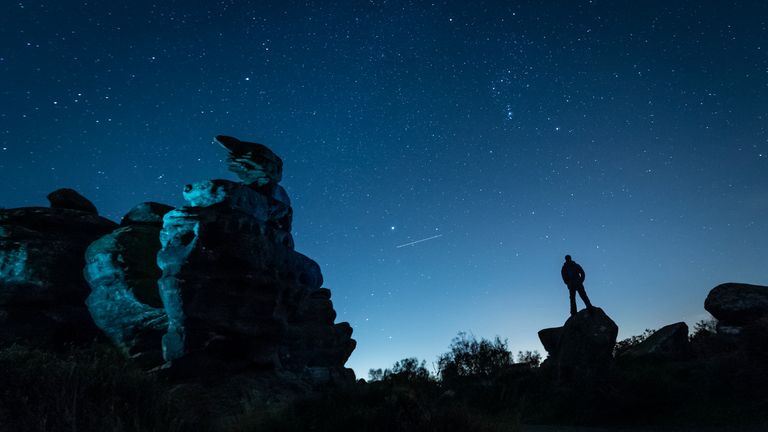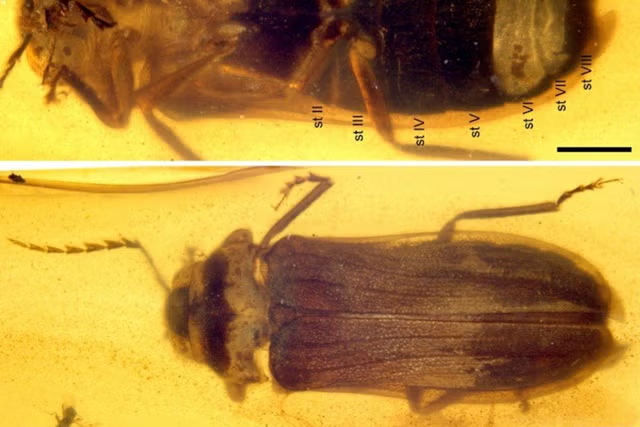Archaeologists have discovered a lost colonial city in the Amazon rainforest that dates back to the 18th century.
The Portuguese settlement previously appeared on some maps but its exact location was unknown, according to Eduardo Neves, director of the Museum of Archaeology and Ethnography at the University of São Paulo, who led the research team.
"It was abandoned, the forest took over, and the stone blocks were removed…We were able to identify the layout of the streets of this city, which was also a fascinating discovery," Neves said, as reported by Brazilian news outlet Metrópoles.
The colonization of what is now Brazil began in 1500 when explorer Pedro Álvares Cabral claimed the land for Portugal. Over the next three centuries, Portugal established a colonial administration, exploiting Brazil's natural resources, particularly sugar, gold, and coffee, with the labor of slaves—primarily transported from Africa.
The colony grew into a major economic asset for Portugal, but in the early 19th century, under the leadership of Prince Dom Pedro I, Brazil declared its independence, ending over 300 years of colonial rule.
The discovery of the colonial city in the Amazon was revealed at an event held by the Amazon Museum in Manaus, as part of the Amazônia Revelada project.
The aim of the project is to identify archaeological sites in different parts of the Amazon by combining state-of-the-art technology with the traditional knowledge of forest peoples.
"We want to register these archaeological sites to make them part of [our] heritage and create an additional layer of protection for these territories," Neves, one of the project coordinators, said in a press release from the Brazilian Socio-Environmental Institute, which is supporting the project.
The project will involve two complementary strategies. The first is to survey the rainforest with LIDAR technology in order to identify archaeological sites hidden by vegetation.
LIDAR is a remote sensing method that involves the use of laser pulses fired at the ground to generate 3D models of a given landscape. This method can map the topography of the land while also revealing hidden man-made features that may not usually be visible.
LIDAR essentially allows scientists to see through the forest canopy and create detailed 3D models of the surface elements, including any previously unknown structures that lie below.
The second main component of the Amazônia Revelada project involves surveys conducted by local researchers, who are members of the Indigenous and traditional peoples who live in these territories. These researchers will record archaeological sites or places that are significant to the communities.
The Amazon region has been inhabited for at least 11,000-12,000 years, although older artifacts support the possibility of even earlier habitation, potentially pushing the timeline back to 13,000 years ago or more.
Indigenous peoples developed complex societies in the Amazon long before European contact, with evidence of large, settled communities, agricultural practices, and sophisticated land management techniques.
LIDAR technology has previously been used to document hidden archaeological sites in the Amazon.
A study published last year in the journal Science, for example, reported the discovery of two dozen ancient constructions hidden beneath the canopy in the Amazon rainforest basin.
The constructions are earthworks built in the pre-Columbian era—meaning prior to the period of European colonization. They represent the remnants of a variety of sites and structures built by ancient Indigenous peoples.
The previously unknown earthworks include the remains of a town, fortified villages; defensive and ceremonial structures known as geoglyphs; and riverbank sites on flood plains that may have been used to gather aquatic food; among other constructions, according to the study.
Do you have a tip on a science story that Newsweek should be covering? Do you have a question about archaeology? Let us know via science@newsweek.com.
Disclaimer: The copyright of this article belongs to the original author. Reposting this article is solely for the purpose of information dissemination and does not constitute any investment advice. If there is any infringement, please contact us immediately. We will make corrections or deletions as necessary. Thank you.



